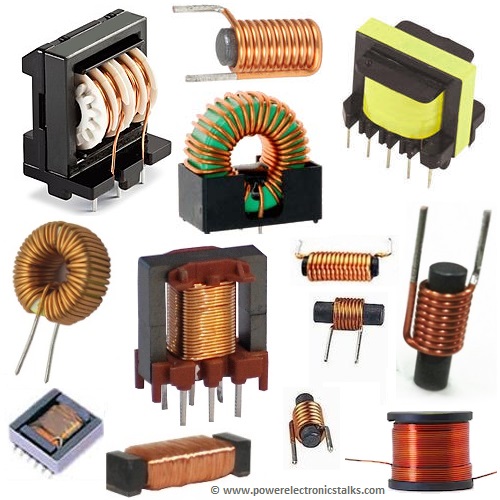

The 479 volts is on the high side - enamelled wire is rated for 500V and double enamelled wire - which is freely available - it a little better. The EPCOS application notes detailed this kind of calculation in more detail, with lots of helpful tables, but you need to go through them yourelf. You might well need a bigger core pair, which you would probably have to gap yourself. The coils could get too warm - and if the ferrite gets warmer than it's Curie temperature, it stops being ferromagnetic at all. You've only got 0.58 mm^2 of wire area to carry your 2 amps, which might not be enough. The magnetic path length is about 1.9mm - the path through the cores is longer, but gets divided by the permeability of the core which is about a thousand-odd - so you get to 123 Ampere.turns per metre (which if memory serves won't saturate the ferrite - but don't rely on my memory). On the most heavily gapped core you'd need 117 turns to get 2.2mH which is 234 Ampere turns. I've used RM14 cores for this sort of work. Two amps through 2.2mH is storing 4.4mJ, which is a fair bit.

> Thank you for introducing a document or book on the design of an inductor with a ferrite toroid core. The maximum voltage and current of my work are 429 volts and 2 amps respectively. > I want to create an inductor with a ferrite core of 2.2 mH, but I do not know the size of the core, the number of turns and the size of the wire.


 0 kommentar(er)
0 kommentar(er)
